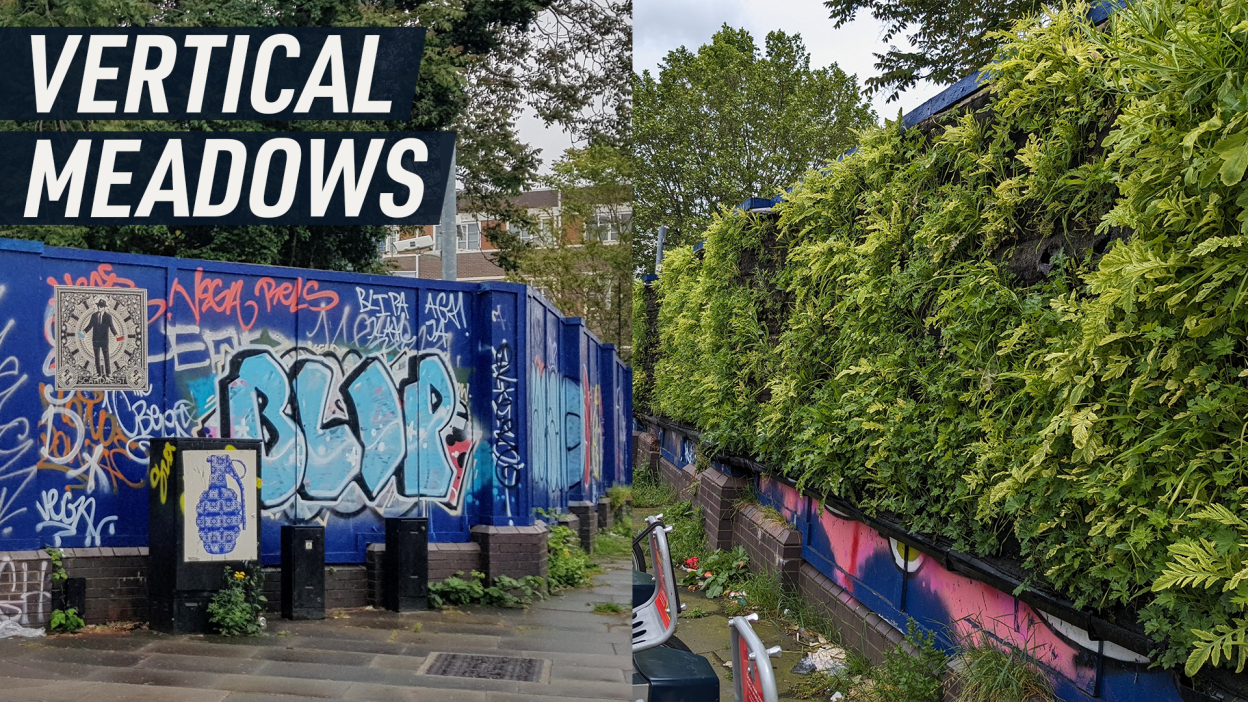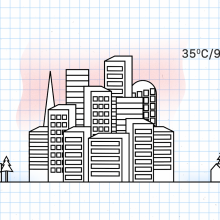Right between Whitechapel Hospital and London's City district, pedestrians pass by a soon-to-be-usual sight: a wildflower meadow growing vertically on the walls of a construction hoarding.
Commissioned by the Tower Hamlets council and created by Vertical Meadows, the pilot project aims to bring biodiversity to busy urban areas, while also reimagining the way development sites could look. The green tapestry features some native English meadow staples, such as poppies, buttercups, and daisies, as well as yarrow and plantain.
Instead of soil, seeds are planted on a large piece of recycled cloth, which is then irrigated using drip pipes set on a timer. The excess water is collected at the bottom of the mat, and then recirculated. To save resources and track the meadow’s health, a monitoring system sends updates to an app, so that power and water usage can be adjusted as needed.
"I see it as a blend between low tech and high tech." – Says Alistair Law, the founder of Vertical Meadows. "We’re using low tech knowledge of the amazing heritage of wildflowers, which have been around for centuries, with a kind of high tech irrigation system behind it."
While the meadow has attracted bees, butterflies, and other pollinators, the council has also noticed a change in human behaviour. Michelle Young, the Principal Development Coordinator at Tower Hamlets Council tells Mashable that since the meadow started growing, the area has become visibly cleaner. "We've noticed a lot less littering now around this site. As soon as it started growing, behaviour got better and better."
The council is also planning to release an interactive map, so residents can see where green hoardings are popping up. It's expected that many more vertical meadows will sprout around Tower Hamlets, as the borough’s updated Code of Construction Practice has added a mandatory requirement for greenery on large hoardings. “If you think about the length of all the hoardings around the borough, and add it up, I wonder what sum that would come to, it would be enormous." Says Young. "So if you could encourage developments to do this, even partially, on some of their hoardings, and what we’ve done is ask for 30 percent as a minimum, then we’d actually see quite a big impact around the borough.”






























